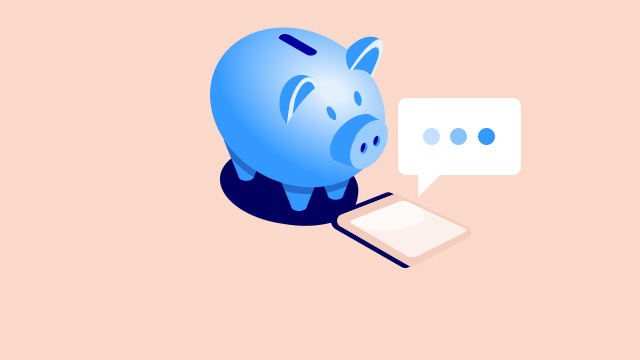Why invest your child’s savings in funds?
When you save for a child, the period is often quite long, maybe even decades. You should get the most out of the long period and protect the savings from inflation. “If you keep the savings in a regular account for years, inflation will erode their value. That’s why you should invest them in funds, for example,” says Tanja Eronen, who heads the service development in Nordea’s Personal Banking.
“Since the future state of the Earth matters to children in particular, many parents favour our sustainable Stars funds. Other popular alternatives include our Enhanced funds due to their low costs. Both of these product families include a global fund, which offers easy and excellent diversification,” says Tanja Eronen.
Direct fund investments or a unit-linked insurance policy?
You can invest in funds either directly or through unit-linked insurance, which is also known as an insurance wrapper. Any returns gained through fund investments are your child’s capital income, which is subject to tax.
A fund may have unit series with different return distribution qualities, and you can select whether you want to buy distribution or growth units for your child. Growth units are ideal for long-term investments, as any returns or taxes won’t materialise until your child’s fund units are sold. This means that the returns gained over the years will also gain returns and accrue the capital. With distribution units, returns and taxes are paid annually.
If you invest through a unit-linked insurance policy, you will benefit from being able to choose several funds within the policy and switch them without immediate tax consequences. This makes it easy to adjust the investments as your child grows and there are changes in the market. Any fund switches made within the unit-linked insurance policy don’t need to be reported in the child’s tax return, and your child will only need to pay taxes after they withdraw all or part of their savings.
A unit-linked insurance policy may also be handy if there are others saving for the child besides the parents, such as godparents or grandparents.
Regular fund saving under a monthly agreement – get started with as little as 10 euros a month
If you save even a small amount for your child every month and invest it in a fund, the savings can grow almost unnoticed over the years: time is on the fund investor’s side. Time levels off market fluctuations and, over time, investments start to compound.
When you conclude an agreement on monthly saving with us, we will automatically transfer the agreed amount to the selected fund or unit-linked insurance for your child. You won’t need a large amount of money to get started with fund investments – as little as 10 euros a month will do just nicely. Over the years, even small sums will accrue a handsome nest egg for your child if managed well.
You can adjust the monthly amount anytime in Nordea Mobile or Netbank. You can also invest larger lump sums or take a pause.
Can I as the guardian use my child’s savings?
Once money is donated to a child, it is their property and the child’s parent can’t use them for personal expenses: so if you are saving in an account or fund in your child’s name, you can’t spend these savings on the family’s other expenses.
Book a meeting for investment advice and start saving for your child
We can meet either online or in-branch, and the meeting will take about an hour. Our expert will help you choose the best option for saving for your child and for investing the savings.
.svg)



